Pig husbandry is a vital farming component in Nagaland, which plays a significant socio-economic role in the livelihood of Naga tribes. Pig farming is intermingled with the socio-cultural practices of Nagas’. They also require minimal space and can be raised indoors or outdoors under controlled conditions.
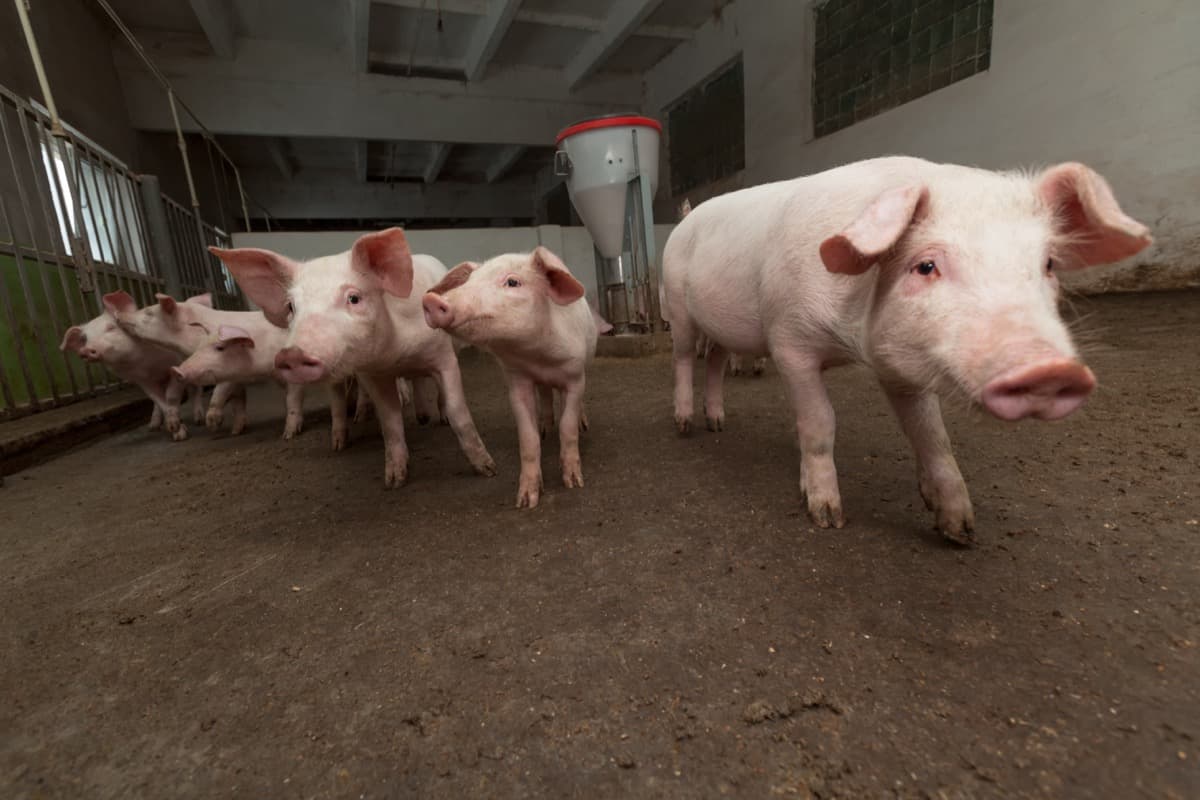
Pig farming in Nagaland
Pig farming importance in Nagaland
Pig farming has been an essential sector in Nagaland for many years. Currently, there are around 6,000 pig farms in the state, and the pig meat industry employs most of the population. The main reason is that pigs are efficient farm animals and can be easily reared in small spaces. There is a massive potential for pig farming in Nagaland as the state has vast tracts of land ideal for this type of agriculture.
Additionally, there is ample feed and water available, making pig farming an environmentally-friendly option. The state has a significant potential for pig production, given its ample land, temperate climate, and rainfall. The objective of pig farming is to produce meat and other pork products. There are several reasons why pig farming is successful in Nagaland. First, the climate is favorable for raising pigs. A large population of pigs in Nagaland can be used for meat production.
In case you missed it: 17 Key Rules for Effective Piggery Management: From Planning to Reduce Production Cost
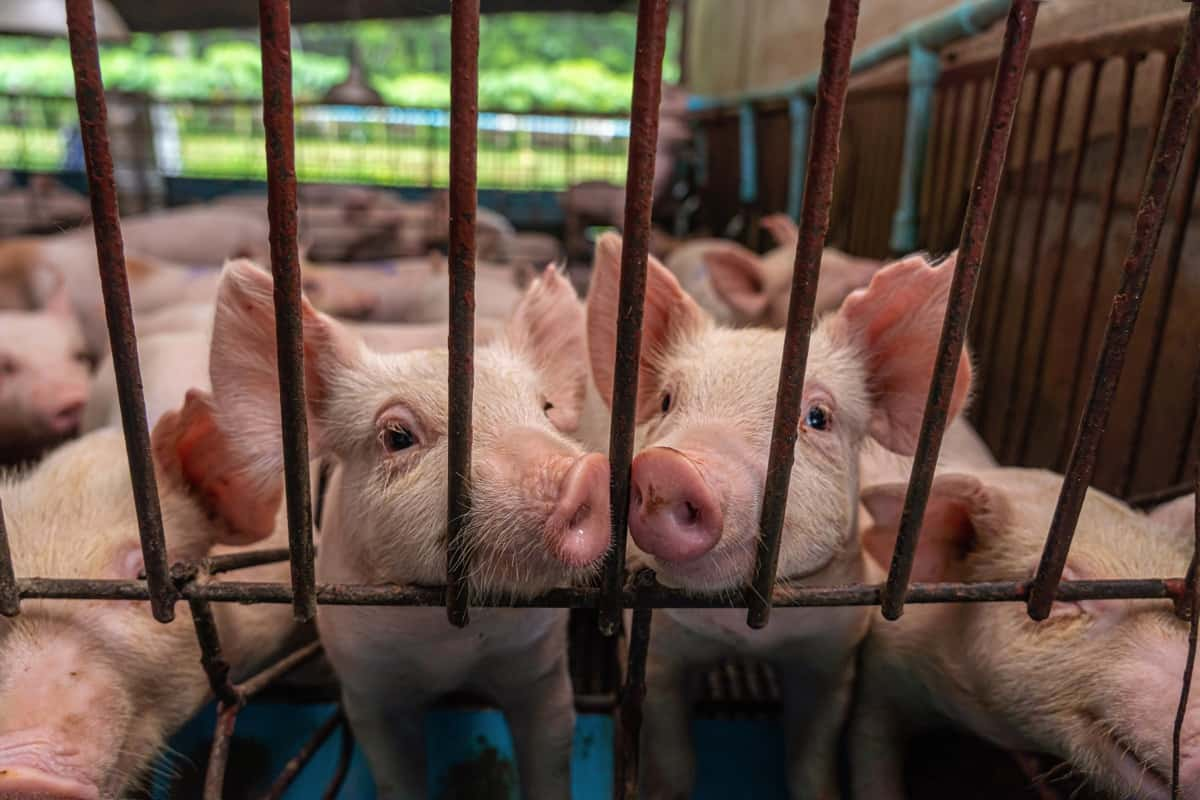
Requirements for pig farming in Nagaland
- In Nagaland, pig farming is considered a new venture for many farmers. Pig farming is still in its nascent stage in the state. However, with the proper requirements and a solid business plan, there is potential for pig farming to be one of the most profitable ventures for farmers in the state.
- Pig farming requires land that can be used for grazing as well as pastures for raising pigs. Additionally, pigs require feed and water supplies, so good agricultural land and an adequate water supply should be available before starting hog production.
- Pig farms require at least 5 hectares of land per animal unit to graze and sow their feed crop. So, if you want to raise 10 pigs, you will need 50 hectares of land – more if you want to keep more pigs or breeders. Ideally, farmland should have high fertility (a combination of good soil properties and plenty of organic matter) to support the intensive production of feed crops like maize and soybeans, which are the main staple diet for pigs.
- Suitable breeds of pigs should be chosen for the farm; many different pork breeds can be successfully farmed in Nagaland.
- The right feed and nutrition regimen should be followed to ensure healthy pigs; special diets are required for some of the more common breeds of Pigs in Nagaland.
- Proper enclosure and shelter facilities must be provided to protect the pigs from weather conditions and predators; these can range from simple huts to full-fledged pen systems with water, food, and shelter available all year round.
- Loans may be required for start-up costs, such as fencing material or building shelters; it is essential to find a qualified lender who will provide long-term financing options without requiring high-interest rates.
- Feed requirements vary depending on the breed of pig you choose. However, all pigs will require access to quality hay and fresh water.
In case you missed it: How to Start Pig Farming from Scratch: A Complete Guide for Beginners
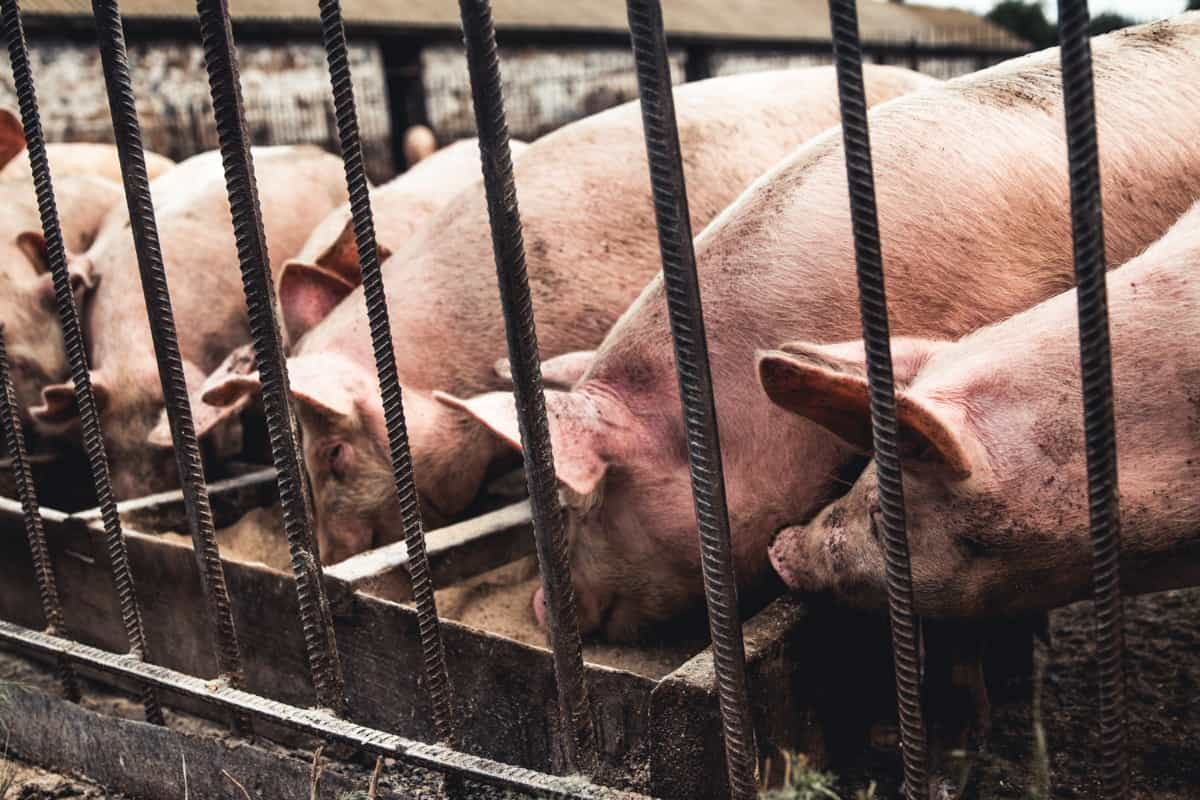
Pig breeds available in Nagaland
The pig breeds available in Nagaland are Ghungroo, Dome, Naga Local pig, Berkshire, Duroc, Landrace, and Chinese Black. Selecting a good breed of pig for your farm is essential if you want to make a profit. Different breeds of pigs have different production characteristics, so choosing the right one for your farm is important.
Steps to create a pig farming business plan in the Nagaland
- The first step in starting a pig farm is developing a business plan. This plan should include information on how much capital you will need to start the farm, what type of land you will need, what breeds of pigs you want to raise, and how long it will take to generate profits. You will also need to consider loans from banks and other financial institutions.
- You will also need to develop schemes for raising pigs in Nagaland. These schemes should include details on feed costs, veterinary care, breeding stock acquisition and adoptions, marketing strategies, and more.
- Setup costs include feed, medicine, and other necessary supplies. Make sure you budget for these costs carefully before starting your farm operation!
- The next step is acquiring the necessary pig farming equipment, including fencing materials, feeding machines, shelters, manure storage tanks, etc. These items should be selected according to the type of pig farm that will be set up. After acquiring these items, it is important to get loans from reliable financial institutions to finance the initial setup costs of the farm.
- Start building your farm infrastructure by purchasing or leasing some land and constructing barns, pens, and other necessary structures. You will also need to buy feed, water, and other essential equipment for your farm operation.
- You will also need to know the types of pigs available and their breeds, which will determine which ones to buy. Loans are usually available from banks or financial institutions, so it’s important to do your research before starting up. Overall, pig farming in Nagaland is a profitable venture with the potential to grow significantly over time.
In case you missed it: How to Make Corn Silage: Production and Management Steps for Goats, Sheep, Cows, Pigs, and Cattle
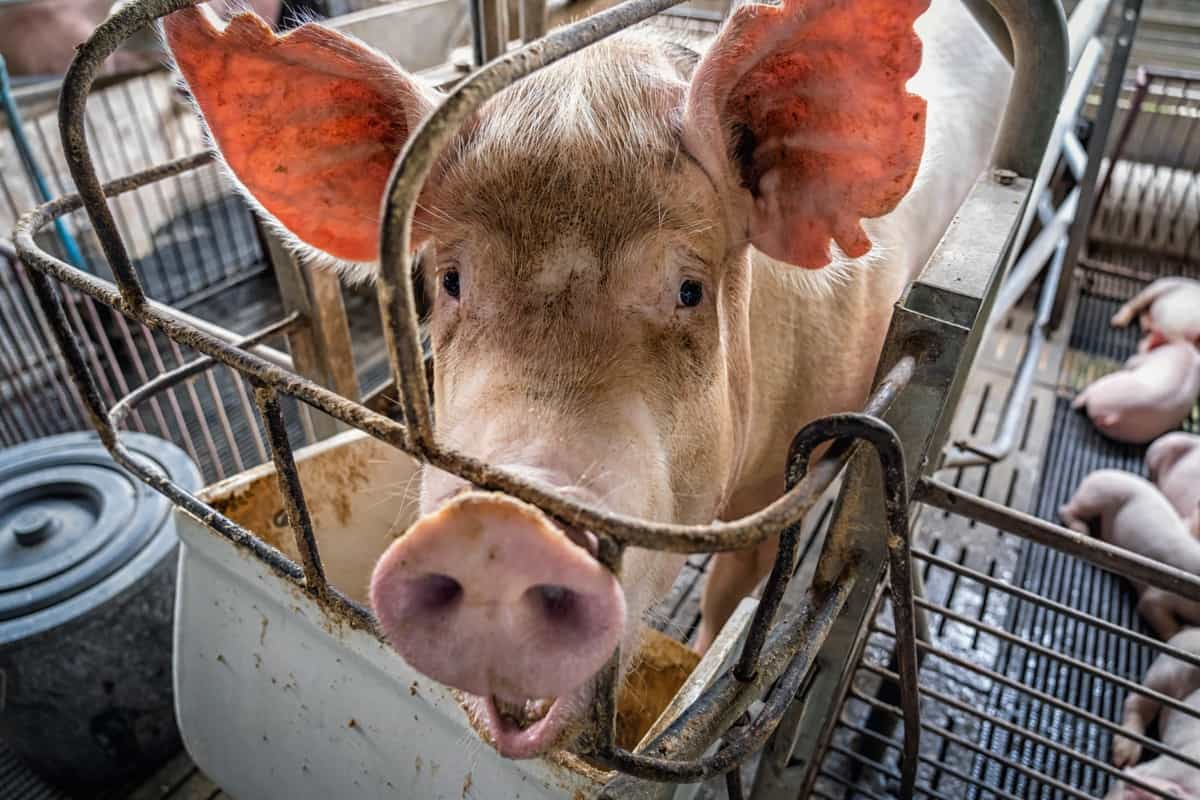
Tips on raising pigs in Nagaland
- Location: Pig farms should be located in areas with good soil and water. Pig farms should be located in good soil quality and have adequate rainfall.
- Climate: Pig farming can be done in any climate, but it is best suited for warm climates with mild winters.
- Equipment: For hog production, pigs need access to feed, water, and shelter
- Fencing: A good fence is essential for keeping your pigs in and your neighbors’ pigs out. You can buy a ready-made fence or construct it using wire mesh, wood stakes, and barbed wire. The fence should be at least 6 feet high and have gaps no larger than 2 feet wide.
- Feed and water: Pigs need plenty of food and water to survive, so make sure you provide both in your pig farm. Feed them corn, soybeans, or other hog feed supplemented with fresh water from your garden or a well.
- Housing: Your pigs will live in pig houses (or sheds), which must be sturdy enough to withstand the rigors of the outdoors but small enough, so they don’t get too comfortable. You can buy houses from pig farmers or build them yourself using wood boards, tin sheets, bamboo poles, and plastic sheeting. Pigs need comfortable accommodations while they are on the farm. They should also have access to outdoor spaces to exercise.
- Good infrastructure: Pig farms need access to water, feed, waste disposal facilities, and storage space.
Setup cost for pig farming in Nagaland
The setup cost for a typical pig farm can range from Rs. 5 lakhs to Rs. 20 lakhs, depending on the size and type of farm. The profitability of pig farming depends on several factors, including the type of breed of pigs you choose, the prices of inputs like feed and shelter, and the market conditions for pork products.
Key rules for starting pig farming in Nagaland
- Identify the location they want to farm and then acquire land use rights from the government. Once the land is acquired, one needs to get a loan from a financial institution to purchase pigs and start setting up fencing and troughs. Various schemes available to farmers, like crop insurance, credit line facility, etc., help secure loans at low-interest rates.
- The setup cost of a pig farm varies depending on the type of pigs being raised and the location chosen for the farm. However, it is important to remember that profit margins for pork production in Nagaland are relatively higher than industrial pork production due to lower feed costs and no environmental costs associated with slaughtering pigs.
- To keep your pigs healthy and happy, provide them with fresh food and water daily. Make sure to rotate your crops so that the pigs get various nutrients. Also, take out any weeds or other plants that might compete with the pigs for food or water.
- Carefully choose the right breeds of pigs for Nagaland and the right location for farming. Finally, setting up the farm can be expensive, but with proper planning and execution, there is good potential for profit-making.
In case you missed it: Key Rules to Start Goat Farming in Denmark: Business Plan, Setup Cost, Profit, and Management
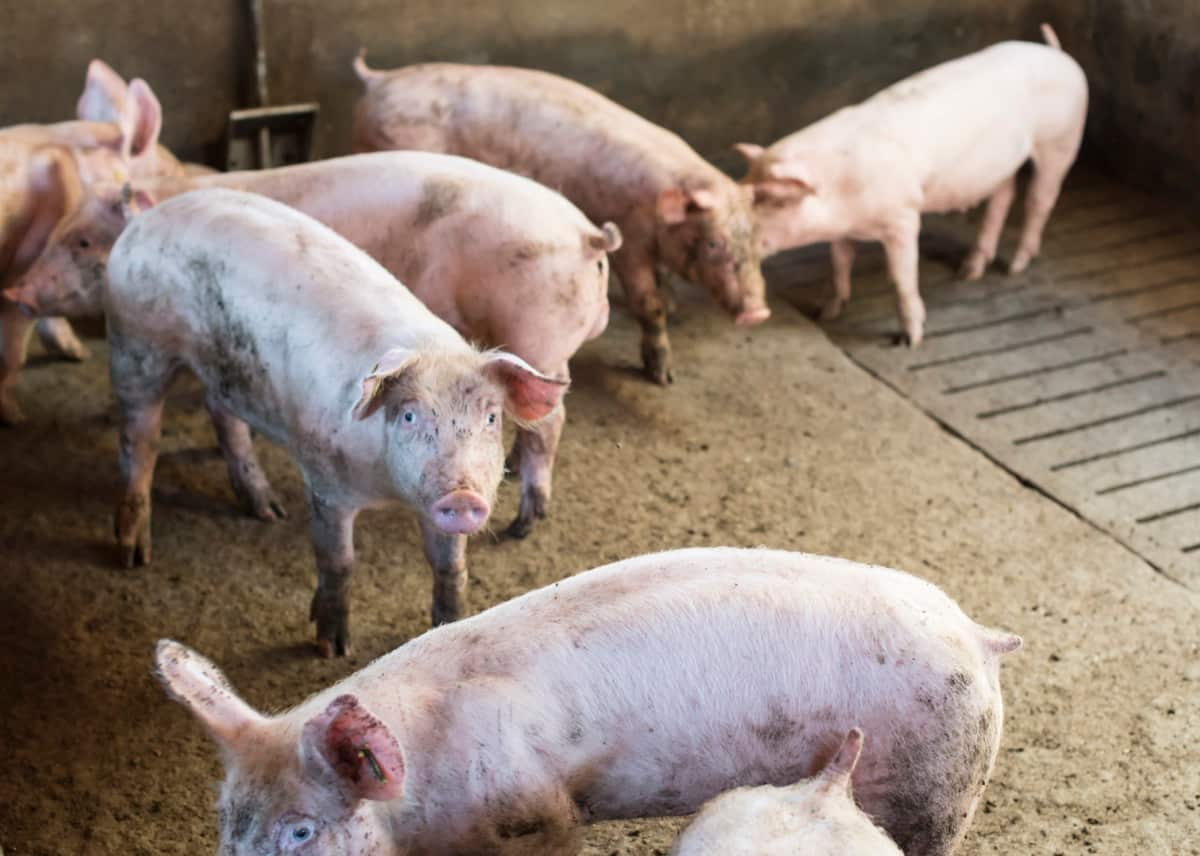
Is pig farming profitable in Nagaland
Pig farming is a viable business in Nagaland. There are many schemes and loans available to prospective farmers. The setup cost is relatively low, and the profit margin is high. Pig farming is also a seasonal activity, with a high demand for pork in the domestic market during festivals and religious rituals.
Backyard pig production in Nagaland
Backyard piggery is a common trend in rural households. Pigs are considered clean and healthy animals that provide meat and manure for agriculture. The state also has favorable climatic conditions for pig production, such as temperate weather, low humidity, and plenty of food.
Requirements for starting pig farming in Nagaland include getting a business license from the government, registering with the relevant agricultural authority, procuring pig feed and fodder, obtaining loans from banks or financial institutions, and setting up an appropriate infrastructure (including pens, fencing, and waste management systems).
Main types of pig farms in Nagaland
- Intensive pig farming is where the pigs are kept in large pens and given access to pasture.
- Extensive pig farming keeps the pigs in small paddocks and gives them less access to pasture.
Pig farming loans and subsidies in Nagaland
There are several loans available for pig farmers in Nagaland. The interest rates vary depending on the loan type, but all loans come with a guarantee from the government. Several banks offer loans to farmers who want to start or expand their pig farm operations. The loan amount depends on the borrower’s financial stability, the type of hog farm being established, and other factors.
The main sources of pig farming loans in Nagaland are the National Bank for Agriculture and Rural Development (NABARD), Pradhan Mantri Krishi Sinchai Yojana (PMKSY), state-run banks, and commercial lenders. NABARD offers low-interest loans ranging from ₹10,000 to ₹1 crore. Several schemes are available to help start pig farming in Nagaland.
These include government schemes such as government schemes, private sector schemes, self-help groups (SHGs), the Pradhan Mantri Swasthya Bima Yojana, and others offered by private companies. It is important to research these schemes before starting your farm to get the best deal possible.
How can I feed pigs cheaply in Nagaland?
There are multiple ways to feed pigs cheaply in Nagaland. For example, you can buy pigs from farmers at a lower price or feed them straw, maize, and other fodder.
In case you missed it: How to Control Western Flower Thrips in Chilli Crop: Identification, Fact Sheet, Chemical and Biological Management
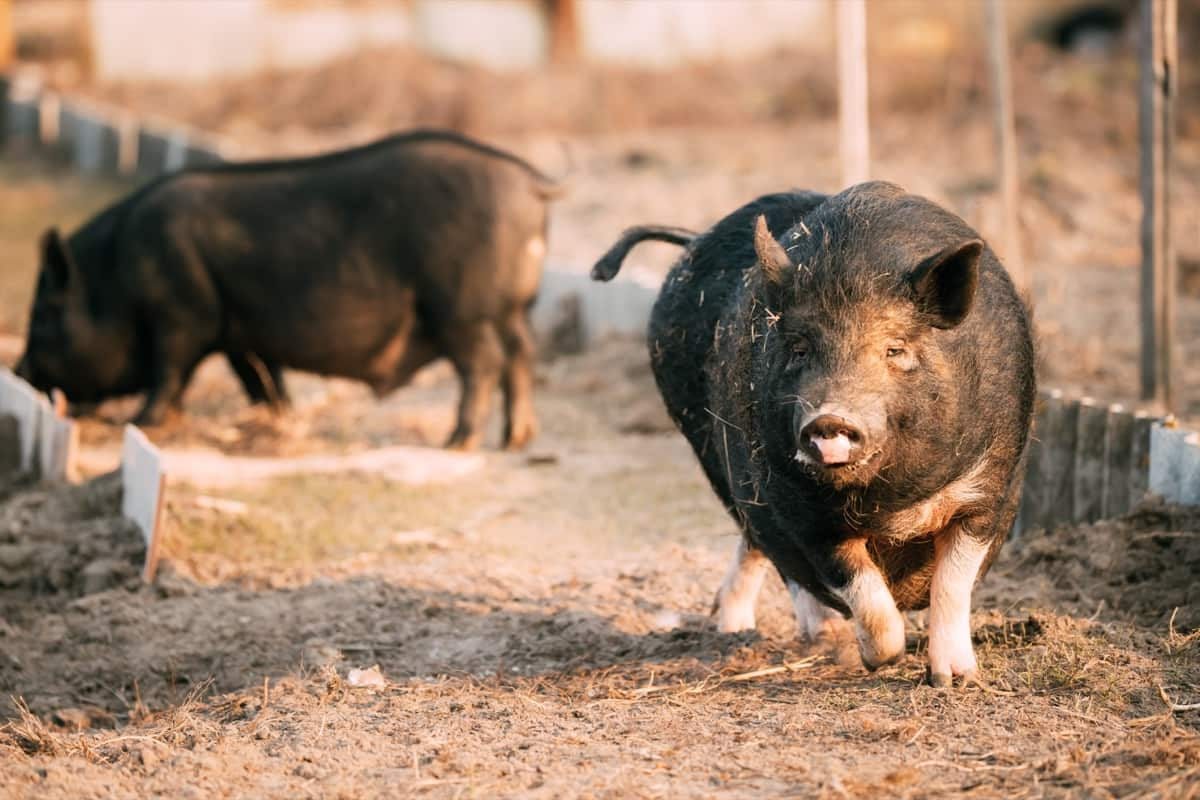
Pig farming challenges in Nagaland
- Poor soil quality, heavy dependence on rainfed agriculture, and competition from other agricultural activities pose major threats to the success of pig farms in Nagaland.
- Overall, pig farming is becoming increasingly popular in Nagaland due to its high potential for profitability. While some challenges need to be addressed, such as environmental pollution, these farms are set to play the main role in the region’s economy going forward.
- Also, proper breeding programs are essential for successful pig farming in Nagaland. Pig farmers should select breeds that are well-suited for their region and climate so that the meat produced by the pigs is of high quality.
Pig farming business profit in Nagaland
Profit margins vary depending on the type of pig farm being operated, but overall profits can be high if proper precautions are taken (e.g., selecting the right breed of pig and taking advantage of favorable market conditions). Profit from pig farming can be highly variable depending on the type of farm operation being undertaken and the area’s climatic conditions.
For example, intensive pig farms tend to produce more meat but incur higher costs associated with feeding and caring for the animals, such as antibiotics and veterinary care, while extensive hog farms may produce less meat but require less input cost due to their smaller size. Pig farming is a profitable venture in Nagaland.
A typical production system would produce around 150 tonnes of pork per year, yielding an annual gross profit margin of 25%. The key requirement for starting a pig farm in Nagaland is access to credit facilities from banks or financial institutions. Pig farmers can expect an annual profit from Rs. 10,000 to Rs. 2,00,000 based on their production levels and marketing strategies.
In case you missed it: Mahogany Farming in India: Cultivation Benefits, Production Cost, Profit, and Project Report
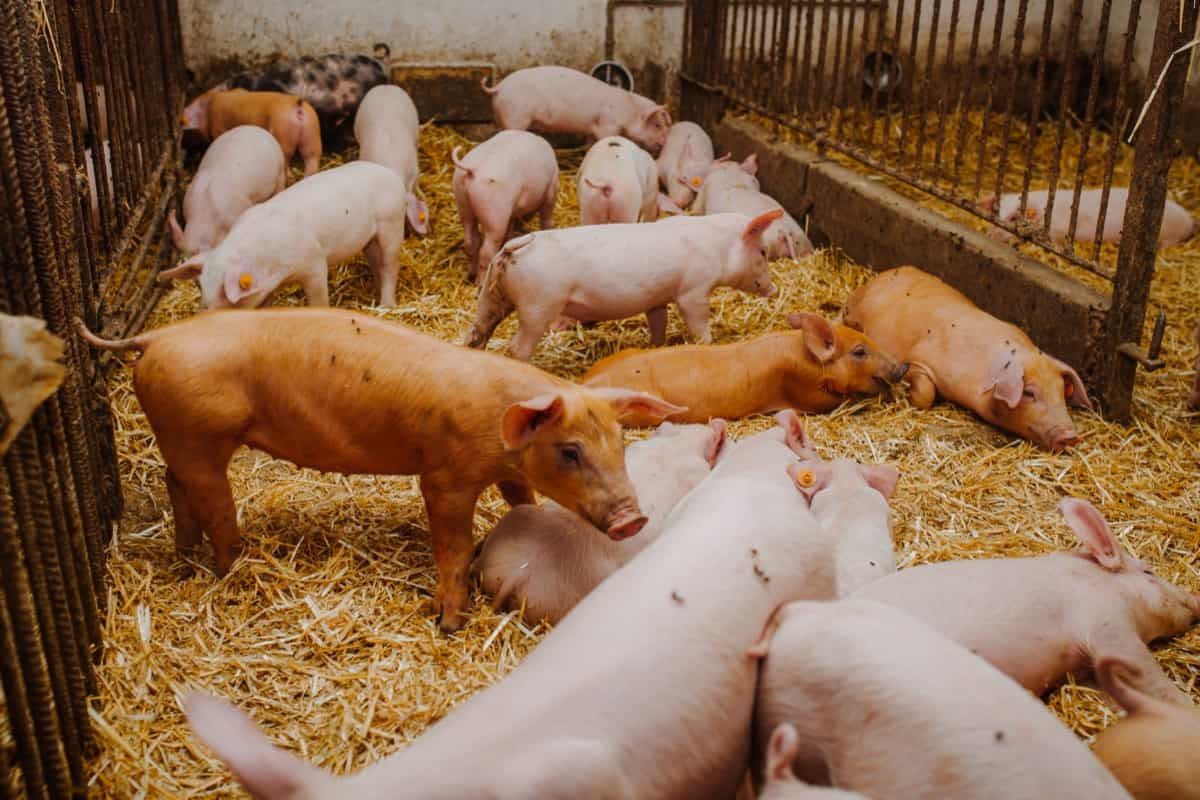
Conclusion
Pig farming is a very profitable business in Nagaland. Pigs are well-suited for producing meat in Nagaland due to their adaptability and grassland-feeding behavior. As a result, pig farming is an agricultural business growing in popularity in Nagaland. The industry has several benefits, including environmental sustainability and income generation opportunities.
- Types of Pesticides Used in Agriculture: A Beginner’s Guide
- Economical Aquaculture: A Guide to Low-Budget Fish Farming
- 15 Common Planting Errors That Can Doom Your Fruit Trees
- How to Make Houseplants Bushy: Effective Tips and Ideas
- Innovative Strategies for Boosting Coconut Pollination and Yield
- Pollination Strategies for Maximum Pumpkin Yield
- The Complete Guide to Chicken Fattening: Strategies for Maximum Growth
- Natural Solutions for Tulip Problems: 100% Effective Remedies for Leaf and Bulb-Related Issues
- Revolutionizing Citrus Preservation: Towards a Healthier, Greener Future
- Natural Solutions for Peony Leaf and Flower Problems: 100% Effective Remedies
- Maximizing Profits with Avocado Contract Farming in India: A Comprehensive Guide
- Natural Solutions for Hydrangea Problems: 100% Effective Remedies for Leaf and Flowers
- The Ultimate Guide to Choosing the Perfect Foliage Friend: Bringing Life Indoors
- From Sunlight to Sustainability: 15 Ways to Use Solar Technology in Agriculture
- The Ultimate Guide to Dong Tao Chicken: Exploring from History to Raising
- The Eco-Friendly Makeover: How to Convert Your Unused Swimming Pool into a Fish Pond
- Mastering the Art of Delaware Chicken Farming: Essentials for Healthy Backyard Flocks
- 20 Best Homemade Fertilizers for Money Plant: DIY Recipes and Application Methods
- How to Craft a Comprehensive Free-Range Chicken Farming Business Plan
- Brighten Your Flock: Raising Easter Egger Chickens for Beauty and Bounty
- How to Optimize Your Poultry Egg Farm Business Plan with These Strategies
- Subsidy for Spirulina Cultivation: How Indian Government Schemes Encouraging Spirulina Farmers
- Ultimate Guide to Raising Dominique Chickens: Breeding, Feeding, Egg-Production, and Care
- Mastering the Art of Raising Jersey Giant Chickens: Care, Feeding, and More
- Ultimate Guide to Raising Legbar Chickens: Breeding, Farming Practices, Diet, Egg-Production
- How to Raise Welsummer Chickens: A Comprehensive Guide for Beginners
- How to Protect Indoor Plants in Winter: A Comprehensive Guide
- Ultimate Guide to Grow Bag Gardening: Tips, Tricks, and Planting Ideas for Urban Gardeners
- Guide to Lotus Cultivation: How to Propagate, Plant, Grow, Care, Cost, and Profit
- Agriculture Drone Subsidy Scheme: Government Kisan Subsidy, License, and How to Apply Online
- Ultimate Guide to Raising Araucana Chickens: Breed Profile, Farming Economics, Diet, and Care
- Bringing Hydroponics to Classroom: Importance, Benefits of Learning for School Students
- Ultimate Guide to Raising Polish Chickens: Breed Profile, Farming Economics, Diet, and Care
- Ultimate Guide to Raising Australorp Chickens: Profile, Farming Economics, Egg Production, Diet, and Care
- Silkie Chicken Farming: Raising Practices, Varieties, Egg Production, Diet, and Care
- Sussex Chicken Farming: Raising Practices, Varieties, Egg Production, Diet and Care